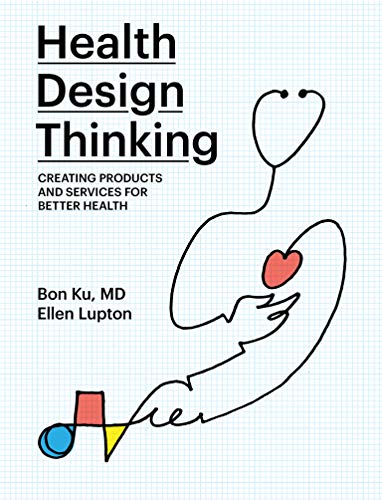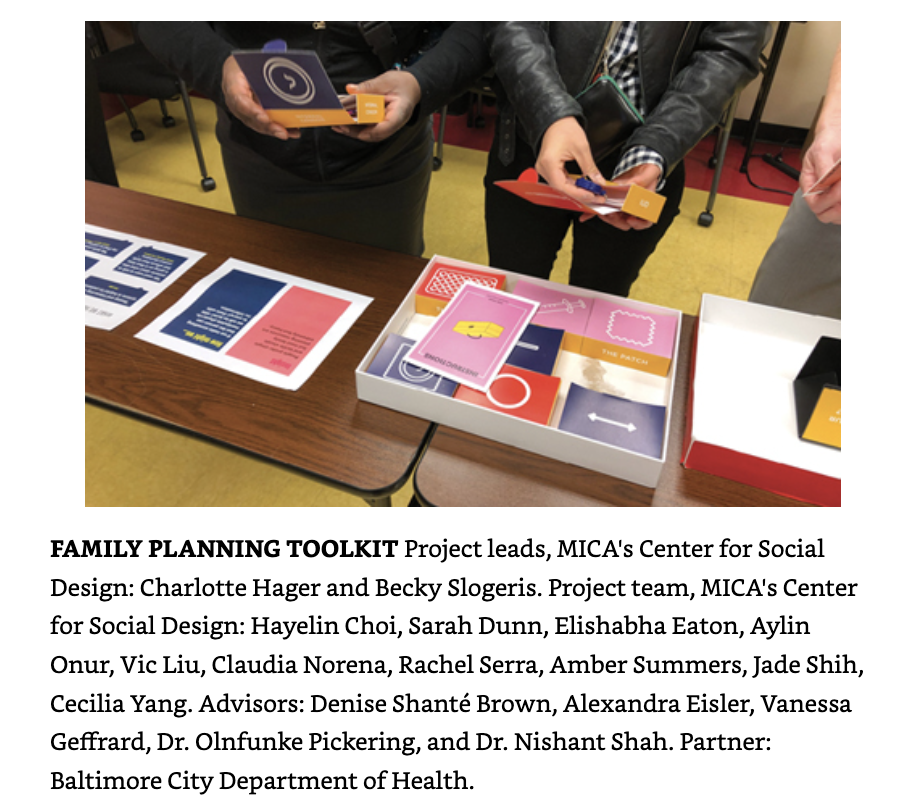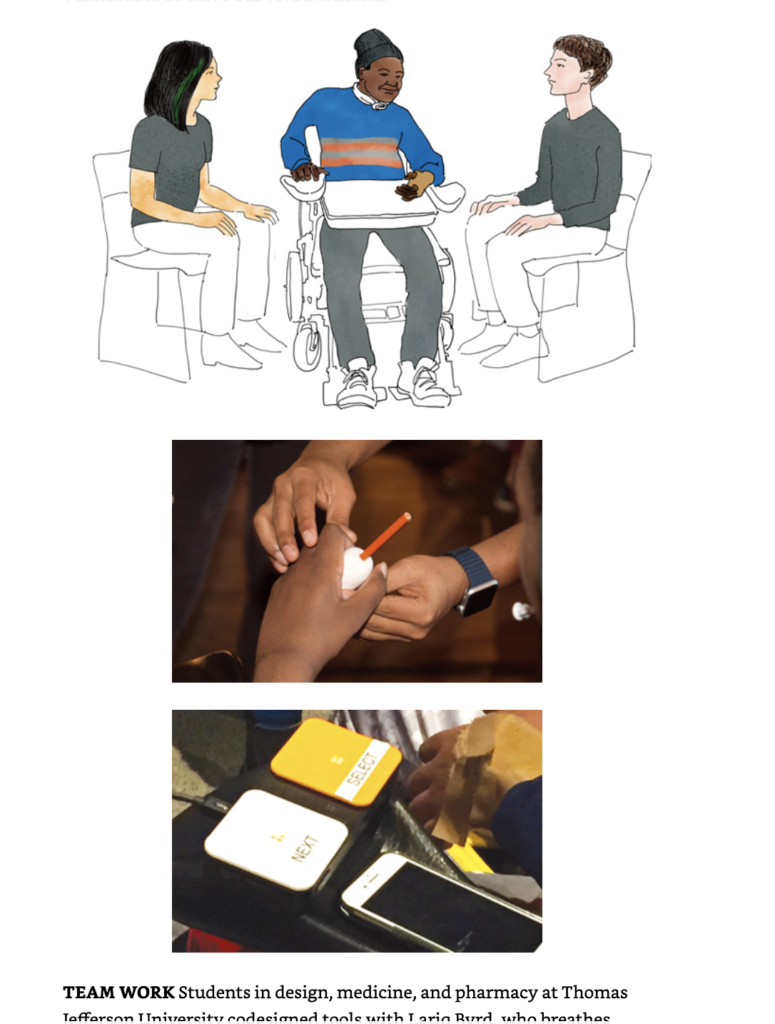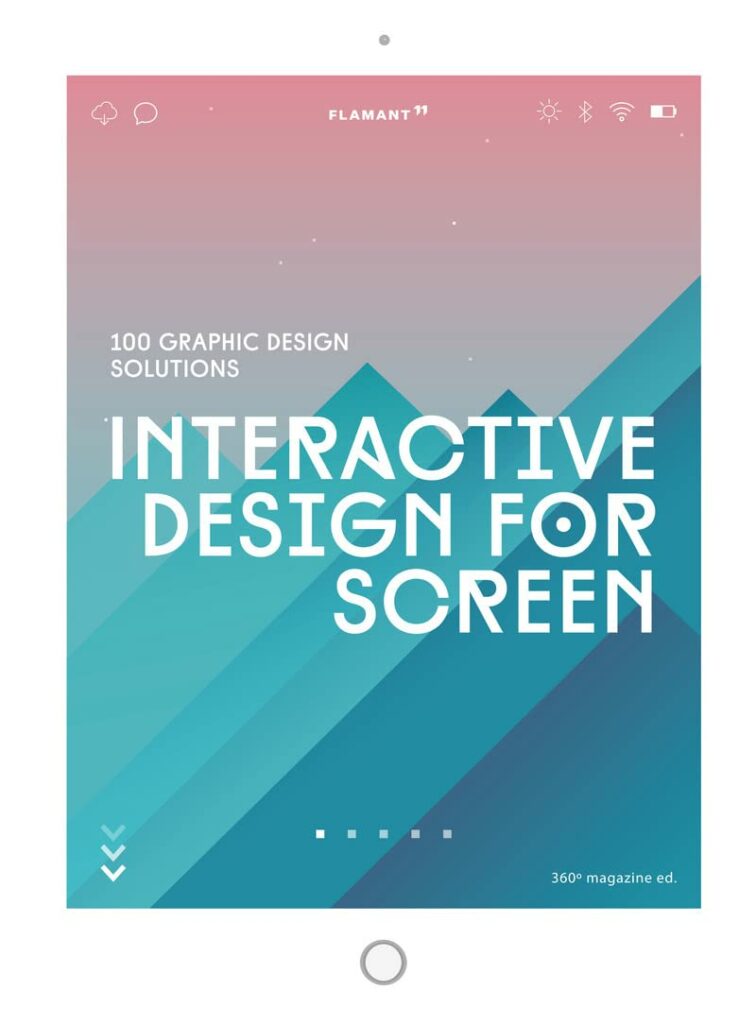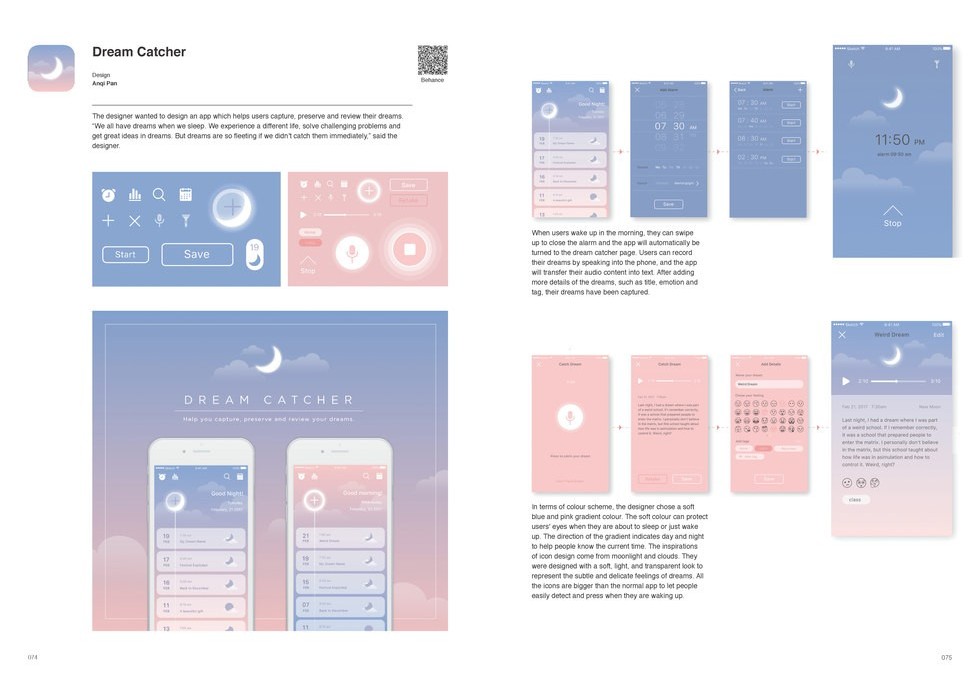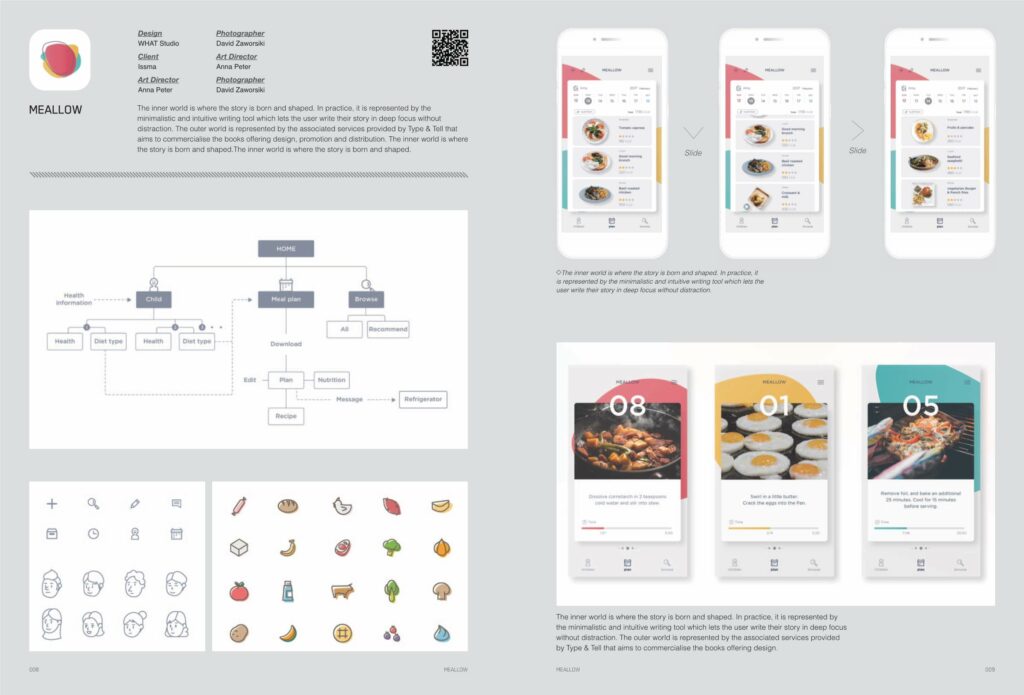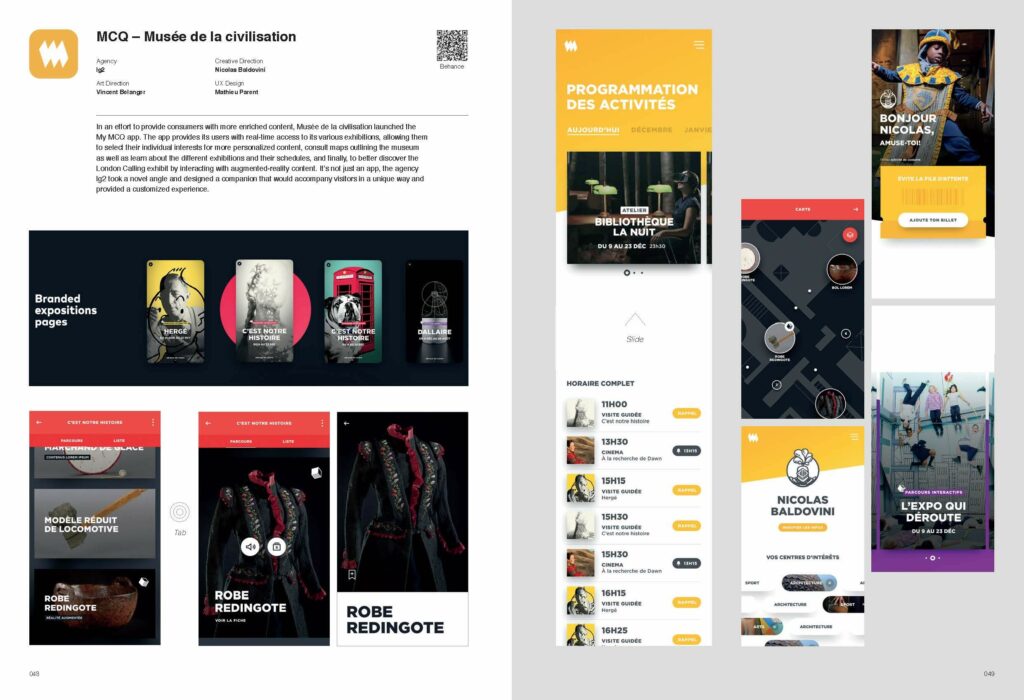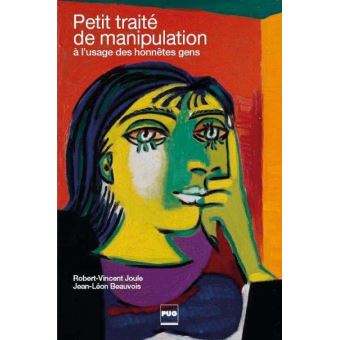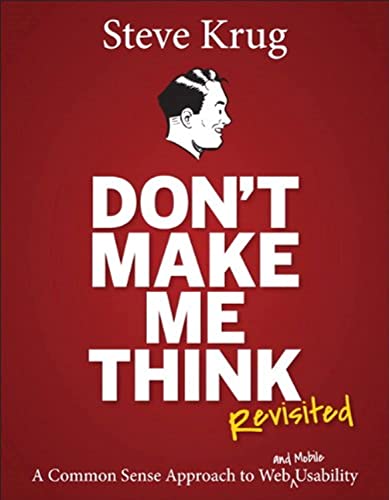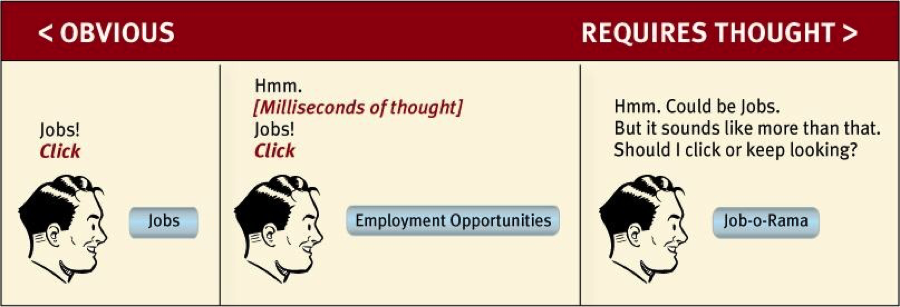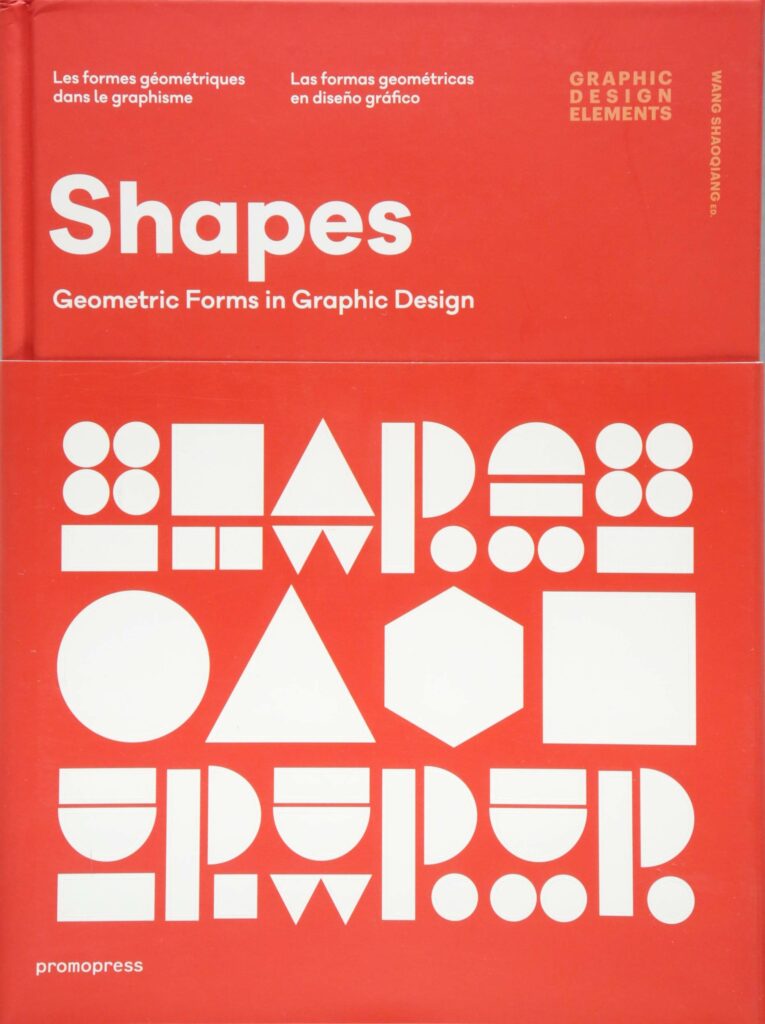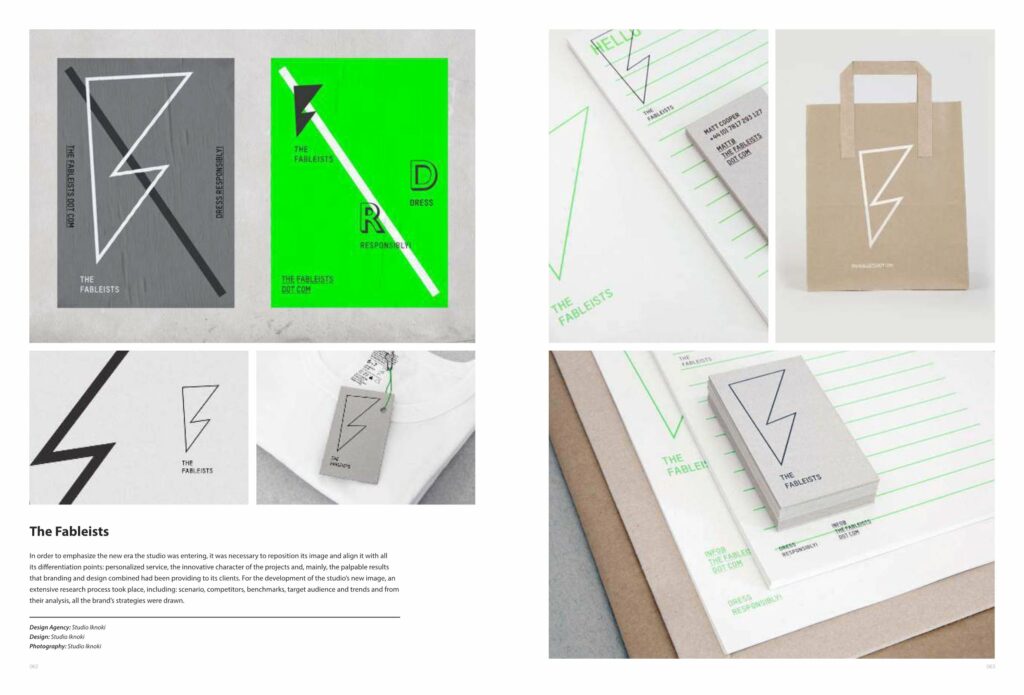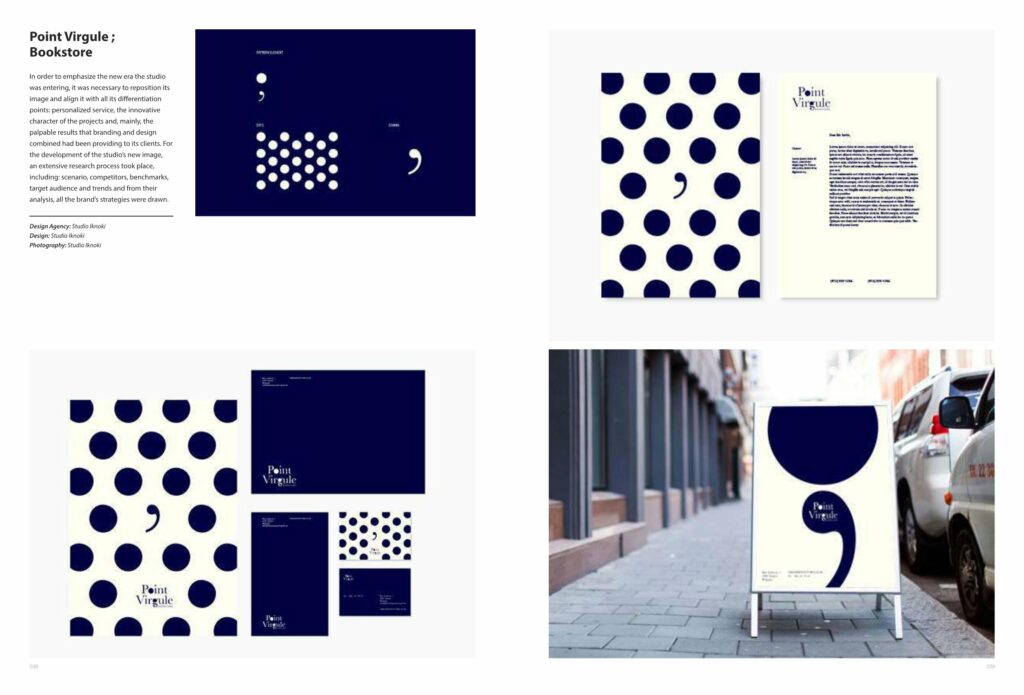This short article offers you 5 choices of book chosen by me and which have all had the merit of making me grow in the way of exercising my profession.
To present 5 books is also to give up a good number of books which are just as instructive as they are fascinating; that's why I tried to leave the flagship books aside, such as the book “UX design method” by Carine Lallemand or “How to” by Michaël Bierut.
It only remains for me to wish you a good read!
HEALTH DESIGN THINKING
Bon Ku, MD, Ellen Lupton – Cooper Hewitt Edition
©Health design thinking
Description :
This book is a veritable gold mine for designers wanting to help the less fortunate in the health sector. Juggling between UX and CX design, this book takes up the fundamentals of design thinking and highlights prototypes, research, and important products in the field of design for health. This book remains educational and accessible to everyone even if you are not familiar with the medical sector. The methodologies and resources discussed throughout the book have already helped me more than once for projects other than medical.
Health Design Thinking uses play and experimentation rather than a rigid methodology, allowing designers to be more flexible in their approaches and above all to adapt to the varied needs of patients and clinicians. The book's various case studies show health design thinking in action.
Its advantages : This book takes the time to immerse us in the world of medicine before talking to us about methodologies. 75 case study pages featuring drawings, photographs, storyboards and other visualizations to better understand these.
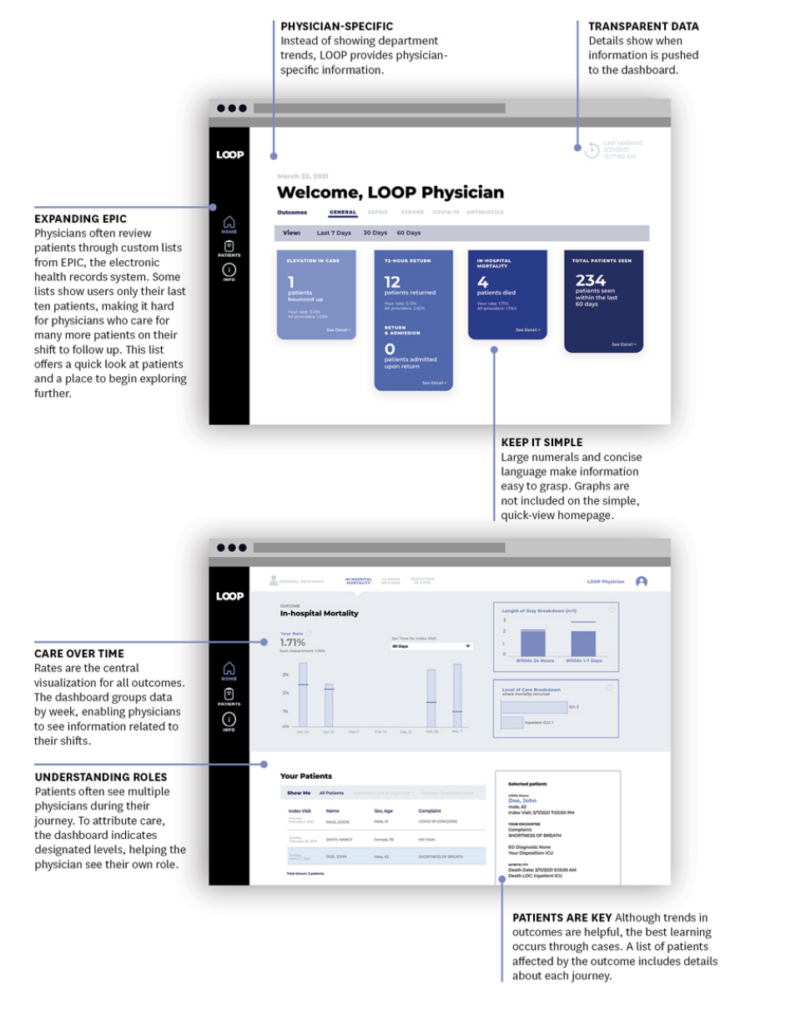
©Health design thinking
©Health design thinking
INTERACTIVE DESIGN FOR SCREEN
Design 360° Magazine ed. – Flamingo Edition
©Interactive design for screen
I no longer count the number of customers telling me each time that their app is a copy/paste of their website, considering this support as a responsive version of the latter.
Needless to remind you that desktop support is in decline in a good number of sectors, with users favoring the use of their smartphone. Because designing apps is good, but designing apps with a real user experience is better, this book will help you regain some faith by offering you a wide range of apps made by talented designers.
Published in 2016, this watch book is still relevant and highlights many innovative applications in their way of understanding design. There are examples of evolving design showing the impacts of our daily choices as well as more classic designs. The themes are more than varied: we go from an app dedicated to visiting a museum to an app for crypto currency, while making a stopover on an app dedicated to saving our dreams like a diary. Featured designers analyze their projects from various angles, such as product specifications, site purpose, and target users
Its advantages : More than a hundred projects and QR codes that link to the designer's behance page to allow you to see the interactive effect of the project.
©Interactive design for screen
A LITTLE TREATY OF MANIPULATION FOR THE USE OF HONEST PEOPLE
Robert-Vincent Joule & Jean-Léon Beauvois – PUG Edition
©Small treatise on manipulation for the use of honest people
This psychological popularization essay features a lady coming up against attempts to manipulate those she meets on a daily basis, ranging from salesman to beggar.
The different scripted daily situations serve as a basis for the authors to describe the psychological mechanisms employed.
This book is a real survival guide for designers in service delivery, both freelance and in agencies, regularly dealing with clients, salespeople and/or managers with bases in cognitive biases.
With this book you will be able to understand, for example, what an obscure trap is, that is to say an irrational situation in which one continues to invest at a loss, thinking that each new loss will make it possible to catch up with the previous ones.
This example of a trap is very common in business and often acts as a block to change policies, even if it should be beneficial for everyone.
Its asset: It's a toolbox to understand how humans work and allow designers to be more diplomatic in their approaches (and finally create a better world).
DON'T MAKE ME THINK REVISITED
Steve Krug (tjr) – New Riders Edition
©Don't make me think Revisited
Description :
Famous variation of the book Don't make me think, this second book is a version with more recent examples as well as a chapter on usability on mobile (which was sorely lacking in the 1st version).
Easy to understand and useful for juniors as well as seniors, this book helps to understand the principles of intuitive navigation and information design (Gestalt principles are good, but less fun to read than this book I assure you).
If you don't have it yet, you can buy this flagship reference with your eyes closed! If you already have the 1st version in your library, try to find this version in PDF or at a discount because its price is quite expensive for content that was already present in the 1st version.
Its assets: It is aimed at designers as well as at the professions revolving around them. It is very easy to read and allows you to always have web and mobile standards at your fingertips.
©Don't make me think Revisited
SHAPES
Wang shaoqiang ed. – Hoaki Edition
©Shapes
Description :
Let's get out of the UX design framework for a moment to focus on this more UI book. As the name suggests, Shape is about geometric shapes used in graphic design; both for branding and for digital interfaces.
This book shows how familiar shapes can be transformed and applied to communicate design concepts and trends. The wide variety of case studies represented also makes it possible to emphasize the fact that a simple form can be declined to infinity, and create beautiful emotions.
On the other hand, we can criticize this book for not having more text to describe the projects, we must see this collection more like a moodboard than a set of study cases.
Even though I'm a UX designer, this book helps me always keep in mind that there isn't just one way to solve a problem and think differently if I lack inspiration. I regularly use it as a reference when I arrive on projects where the graphic aspect is vital, such as for event sites, luxury, or e-commerce focused on very visual products.
Its assets: The projects are international, it's always interesting to see the culture of a country in the stylistic choices. The book is produced by Wang Shaoqiang, director of the Guangdong Art Museum and professor and supervisor of thesis at the College of Arts and Humanities at the University of Macao in Science and Technology.
©Shapes
©Shapes
If you want to expand your knowledge of design or simply keep up to date with the latest developments in this exciting field, these books are great resources. I hope you enjoy these books and share your impressions with us.
Thanks again for your attention, and stay tuned for more design news and trends!
Camille DEVERRIERE, UX Designer @UX-Republic
Our next trainings
UX-DESIGN: THE FUNDAMENTALS # Paris
SMILE Paris
163 quay of Doctor Dervaux 92600 Asnières-sur-Seine
VISUAL THINKING: CONCRETE YOUR IDEAS # Paris
UX-REPUBLIC Paris
11 rue de Rome - 75008 Paris
DIGITAL ACCESSIBILITY AWARENESS #Paris
SMILE Paris
163 quay of Doctor Dervaux 92600 Asnières-sur-Seine
DIGITAL ACCESSIBILITY AWARENESS #Belgium
UX-REPUBLIC Belgium
12 avenue de Broqueville - 1150 Woluwe-Saint-Pierre
ACCESSIBLE UX/UI DESIGN # Paris
SMILE Paris
163 quay of Doctor Dervaux 92600 Asnières-sur-Seine
AWARENESS OF DIGITAL ECO-DESIGN # Belgium
UX-REPUBLIC Belgium
12 avenue de Broqueville - 1150 Woluwe-Saint-Pierre
STORYTELLING: THE ART OF CONVINCING # Paris
SMILE Paris
163 quay of Doctor Dervaux 92600 Asnières-sur-Seine
UX/UI ECO-DESIGN # Paris
SMILE Paris
163 quay of Doctor Dervaux 92600 Asnières-sur-Seine
DESIGN THINKING: CREATING INNOVATION # Belgium
UX-REPUBLIC Belgium
12 avenue de Broqueville - 1150 Woluwe-Saint-Pierre
